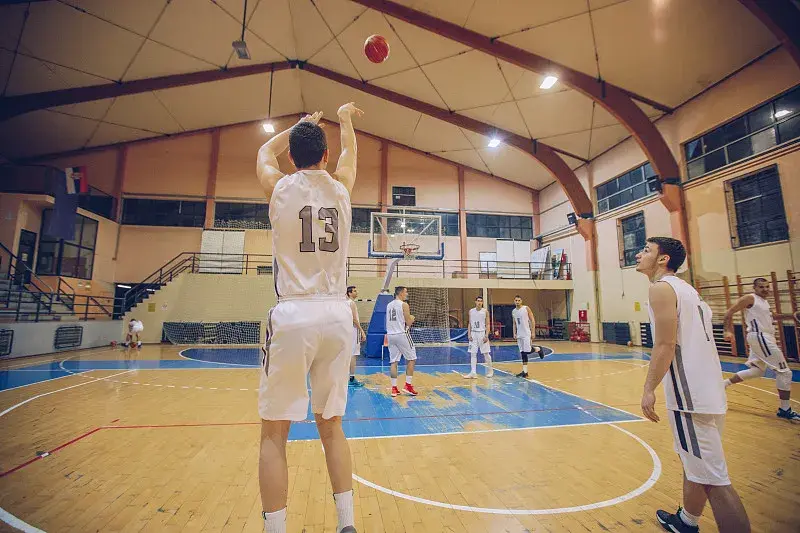How to evaluate the compression resistance and durability of sports wood flooring?
When investing in sports wood flooring, whether for a gym, basketball court, or other athletic space, you want to make sure you’re getting the best quality product. The right flooring can make all the difference in the performance, safety, and longevity of your space. To ensure your flooring stands the test of time and use, it's essential to thoroughly test its performance indicators. Here’s how you can do it.
1. Compression Resistance Testing
Compression resistance is crucial in sports flooring. As athletes run, jump, and pivot on the floor, it will experience a lot of pressure and stress. High-quality wood flooring should be able to withstand these forces without significant damage.

To test compression resistance, manufacturers use standardized procedures, like applying a constant weight for a set period and measuring the indentation left on the surface. The flooring should return to its original shape after the weight is removed, showing resilience and durability. A flooring system with poor compression resistance will dent easily and lose its smooth finish over time.
2. Durability Testing: Impact & Wear Resistance
Sports floors are designed to handle rough and continuous use. This includes heavy impacts from high jumps and repetitive foot traffic. Durability tests include impact resistance, which measures how the floor absorbs shock, and wear resistance, which evaluates how well it handles friction and abrasion.
Tests like the Taber Abraser test simulate years of usage by exposing the flooring to repetitive wear. The floor's surface should not wear down easily, and any impact should not leave deep grooves or cracks. Sports wood floors with good durability will maintain a smooth surface for a long time and require fewer repairs.
3. Slip Resistance: Keeping Athletes Safe
One of the most important aspects of sports wood flooring is its ability to provide proper traction. Too much slip can cause accidents, while too little can hinder performance. Slip resistance is usually tested with a standardized coefficient of friction (CoF) measurement. The ideal floor provides enough grip to reduce the risk of slipping while allowing athletes to move freely.
To test this, floor samples are typically subjected to various levels of humidity and wet conditions. High-quality flooring will maintain consistent slip resistance under all conditions, reducing the chances of injuries.
4. Environmental Sustainability: An Often Overlooked Factor
While performance testing is essential, it’s also important to consider the environmental impact of the flooring you choose. High-quality sports wood floors should be sourced responsibly, ensuring that materials are harvested sustainably. Opt for companies that adhere to global standards like FSC (Forest Stewardship Council) certification, ensuring that the wood comes from forests that are managed sustainably.
5. Noise Reduction & Comfort
Finally, sports wood flooring should offer noise reduction properties to create a more comfortable environment. High-performance sports flooring uses sound-dampening technology to absorb the impact noise of running or jumping. This contributes not only to a quieter environment but also enhances the overall comfort of the players.
Choosing the right sports wood flooring is about more than just aesthetic appeal—it’s about ensuring performance, safety, and longevity. By considering key factors such as compression resistance, durability, slip resistance, environmental sustainability, and comfort, you can make a more informed decision when purchasing flooring for your sports space. Always opt for manufacturers who provide transparent testing data and meet industry standards to ensure you are making a quality investment.